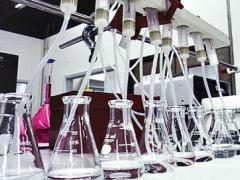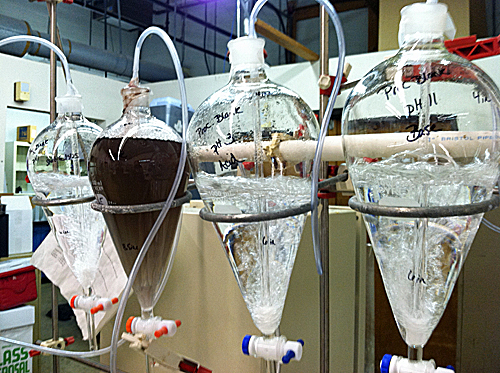Toxicity Identification & Reduction Evaluation


As an outgrowth of NPDES biomonitoring requirements, in those instances where an effluent has consistently demonstrated toxicity, the US EPA and the states require an effort aimed at reducing effluent toxicity to acceptable levels.
An effluent toxicity identification/reduction evaluation (TI/RE) is the process used to accomplish that objective. A TI/RE is a step-by-step, sequenced procedure designed to characterize and, ideally, to identify toxic constituent(s) in a complex effluent, so that toxicity reduction methods can be implemented. New England Bioassay has experience in performing Phase I (Characterization), Phase II (Identification), and Phase III (Confirmation) of a TIE with both acutely and chronically toxic wastewaters.
NEB has successfully performed TIEs for both freshwater and marine dischargers. NEB uses a mass-balance approach to characterizing effluent toxicity by sequencing many of the TIE manipulations used to track effluent toxicity. In this manner, toxicity resulting from multiple sources is more effectively characterized with fewer manipulations (and frequently fewer samples), thus, resulting in reductions in time and expense associated with performing traditional Phase I characterization studies. Numerous TIEs have been successfully completed and these projects have moved to the toxicity reduction phase with engineering design, simulation, and wastewater treatment upgrades.
